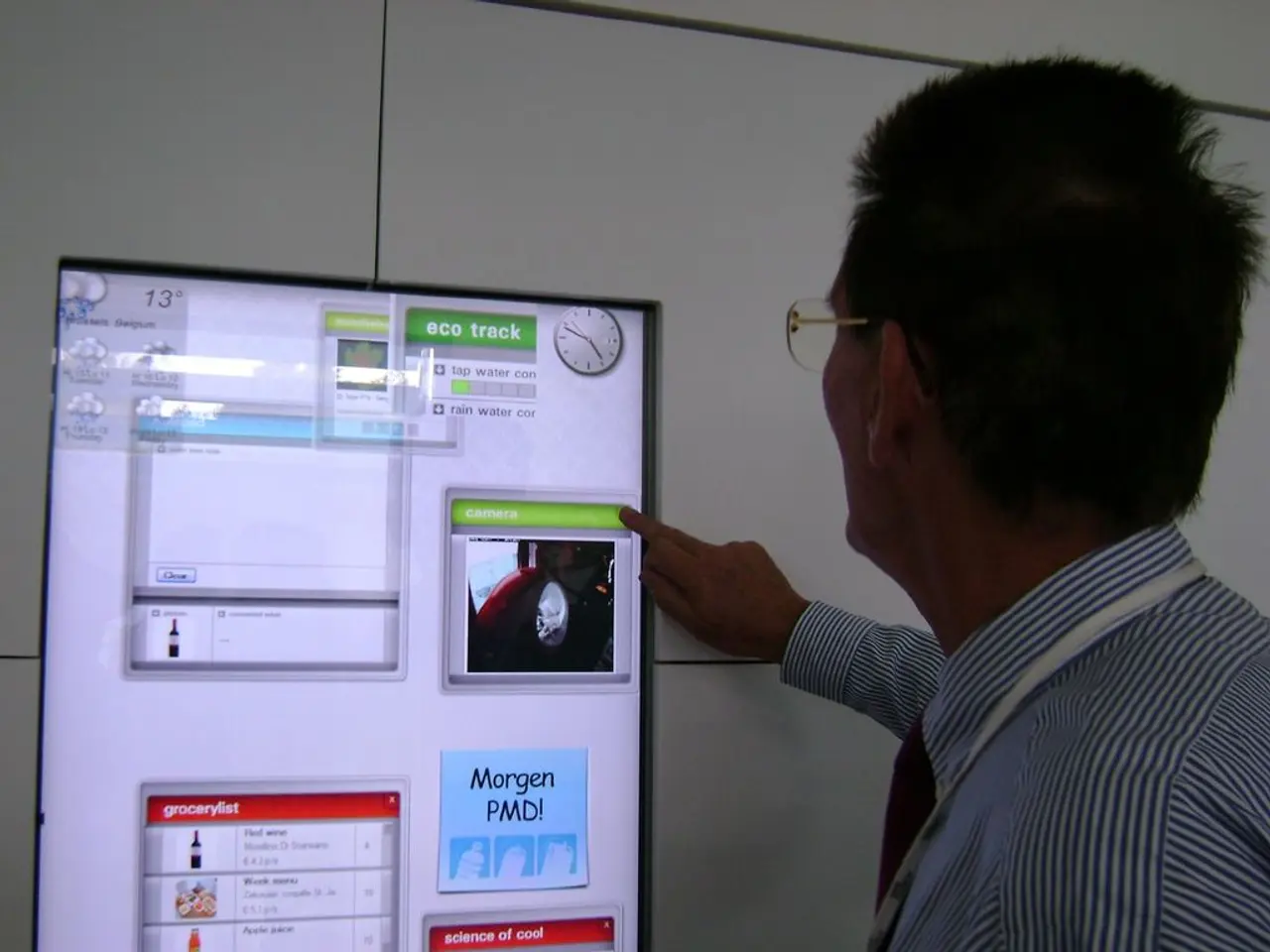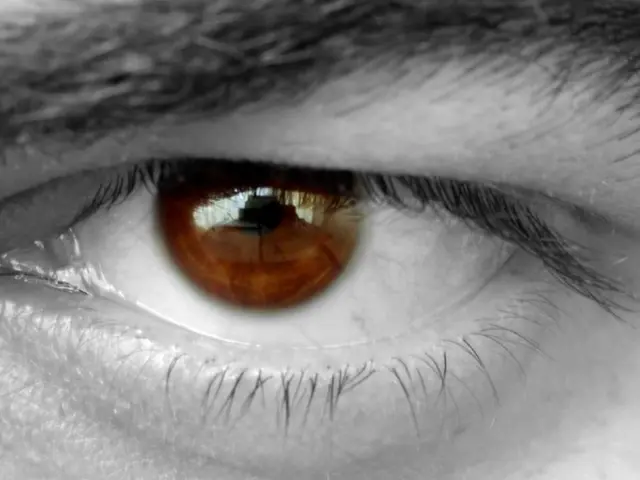Children at Risk of Developing Eye Strain Due to Screen Time Increase
In recent years, myopia, or nearsightedness, has become a significant public health concern worldwide. A study published in the British Journal of Ophthalmology in 2024 revealed that nearly half of all adolescents (47%) are affected by this condition, and this number is expected to rise even further. By 2050, the number of myopia cases in young people is estimated to exceed 740 million.
The correlation between myopia and prolonged, short-range focus has been identified as a key factor in the rise of myopia cases among young people. Activities such as reading a book or staring at a mobile phone or game console screen for extended periods can increase the risk of developing myopia. This is because the prolonged focus on near objects can make the eyes prioritize near vision over distant vision, leading to myopia.
Modern lifestyles and screen usage play a significant role in this epidemic. Excessive near work and digital screen exposure, such as spending prolonged periods on smartphones, tablets, or computers, increases the risk of developing myopia. Screen use is linked to sedentary lifestyles and less time spent outdoors, compounding this effect.
Limited outdoor time and lack of natural daylight exposure are also major risk factors for myopia development. Studies consistently show that insufficient time spent outdoors is associated with a higher risk of myopia. Natural daylight exposure is thought to have protective effects, possibly through mechanisms involving light intensity and spectral qualities that influence eye growth regulation.
High academic pressure and intensive education are also contributing factors. Children facing intense educational demands often spend more time indoors engaged in close-up tasks, which elevates myopia risk. Urban lifestyle factors, such as living in densely populated urban areas with reduced access to outdoor green spaces and increased time indoors, further promote myopia progression.
Seasonal and geographical influences also affect myopia prevalence and progression. Variations in daylight exposure due to season or geographic location impact myopia rates. For instance, studies indicate slower axial eye elongation (a marker of myopia progression) during summer, likely because of increased outdoor activity and daylight.
In light of these findings, it is crucial to encourage a balance between screen time and outdoor activities to mitigate myopia risk in children and adolescents. Encouraging outdoor play, setting screen time limits, and promoting natural daylight exposure can help reduce the risk of myopia development and progression. By taking these steps, we can help ensure a healthier future for our young people.
- To lower the risk of myopia, natural daylight exposure could be beneficial, as studies suggest it has protective effects that influence eye growth regulation.
- The intensive academic pressure and indoor tasks associated with a rigorous education system can elevate myopia risk, making it vital to balance screen time with outdoor activities.
- Besides balanced screen use and outdoor play, a well-rounded health-and-wellness approach, including fitness-and-exercise, mental-health awareness, and proper nutrition, can contribute to overall eye-health maintenance and myopia prevention.








